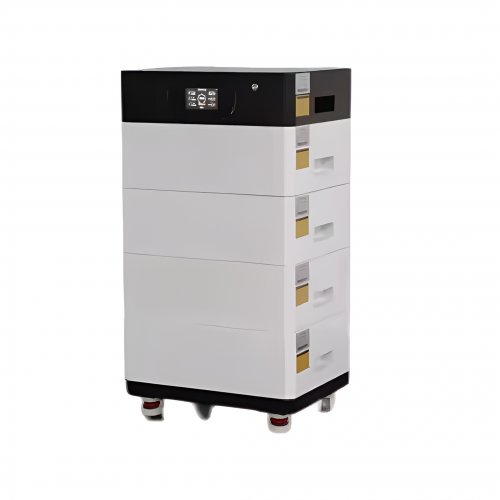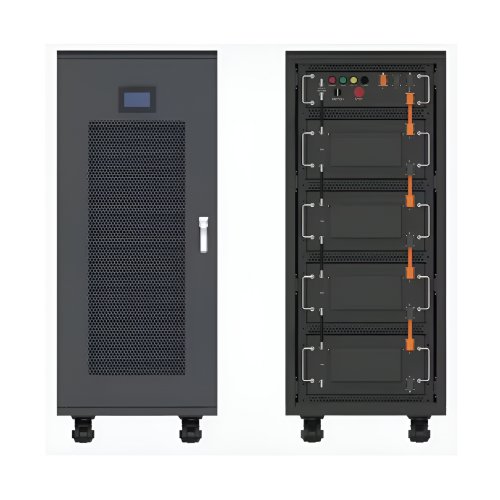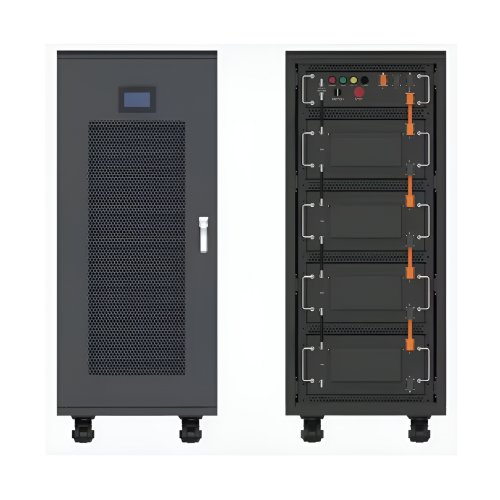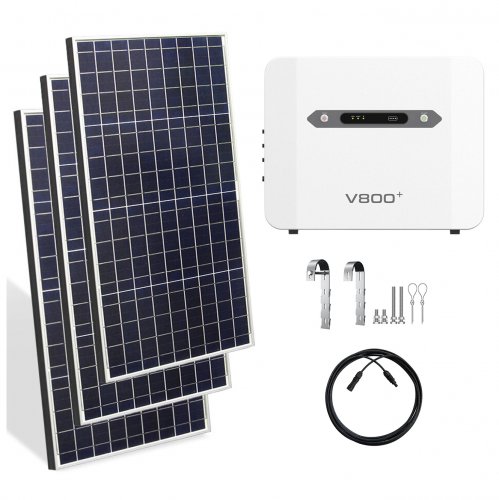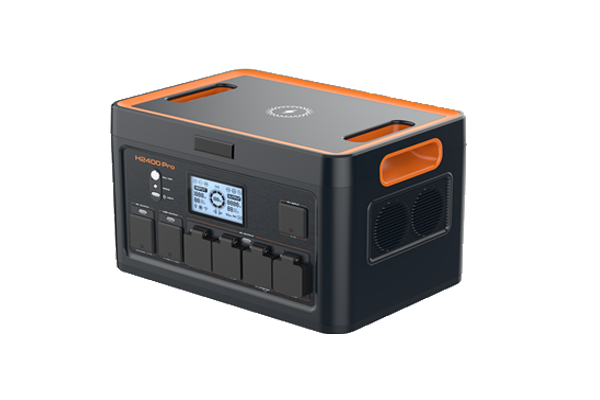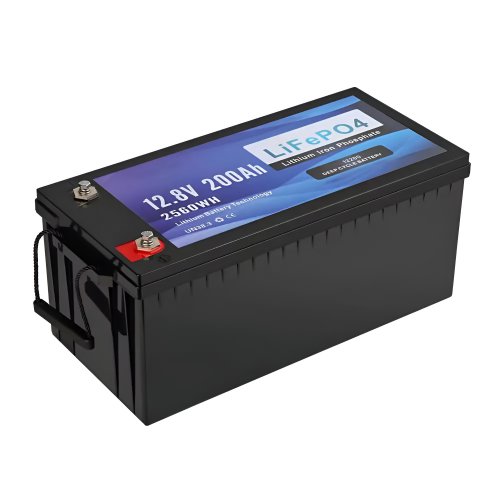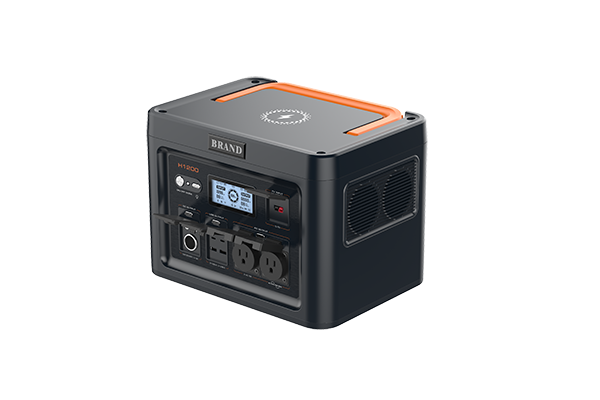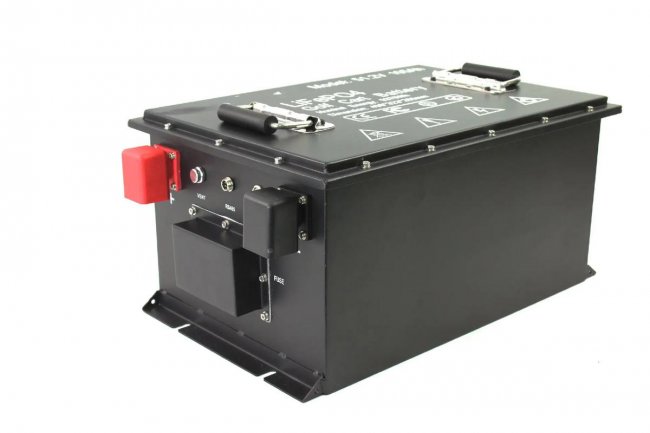How To Use Usage Guide: A Comprehensive Manual For Effective Implementation
A usage guide is an indispensable tool for mastering any product, service, or system. It serves as a roadmap, translating features into tangible benefits and complex functionalities into simple, actionable steps. However, the effectiveness of a usage guide is not automatic; it depends on a structured and thoughtful approach from the user. This guide provides a detailed methodology for extracting maximum value from any usage guide, ensuring you achieve proficiency and confidence.
Phase 1: Foundational Familiarization
Before diving into specific tasks, it is crucial to build a foundational understanding. Skipping this phase often leads to confusion, frustration, and missed opportunities.Step 1: Identify Your Guide and Its Purpose Begin by locating the official usage guide. This could be a physical booklet, an online PDF, an integrated help section within an application, or a dedicated knowledge base on a website. Once located, read the introduction, preface, or "Getting Started" section. This part typically outlines the guide's scope, the intended audience, and the core objectives of the product or service. Understanding the "why" behind the tool provides essential context for the "how."Step 2: Perform a Structured Skim Do not read the guide from cover to cover like a novel. Instead, perform a systematic skim. Examine the table of contents to understand the overall structure. Flip through the pages or scroll through the online document, paying attention to headings, subheadings, diagrams, tables, and call-out boxes. This process gives you a mental map of the information, so you know where to find specific details later. Note the sections that seem most relevant to your primary goals.Step 3: Master the Key Terminology Every domain has its own lexicon. Usage guides almost always include a glossary of terms. Identify and review this section. Understanding terms like "workspace," "module," "API endpoint," or "render settings" is non-negotiable. Misinterpreting a single term can lead to a cascade of errors. Keep the glossary bookmarked or readily accessible for quick reference during your learning process.
Phase 2: Practical Application and Skill Building
Knowledge without action is inert. This phase is the core of the learning process, where you actively engage with the guide and the product.Step 4: Start with the "Quick Start" or Basic Tutorial Most modern guides include a "Quick Start" section or a basic tutorial. This is designed to deliver a "win" quickly—a simple, successful outcome that builds momentum. Follow these instructions to the letter. The goal here is not to understand the underlying theory but to successfully complete a fundamental task, such as creating your first project, sending a test message, or configuring initial settings.Step 5: Engage in Hands-On, Goal-Oriented Learning Move beyond the basic tutorial by setting a small, concrete goal for yourself. For example, "I want to create a monthly budget report" or "I want to apply a specific filter to a photo." Instead of passively reading, use the guide actively to achieve this goal.Operational Tip: Keep the guide open on one screen (or page) and the application on another. As you read a step, immediately perform the action. This tactile reinforcement solidifies learning far more effectively than reading alone.Technique: Don't just follow steps; try to understand the logic. Ask yourself, "Why is this step necessary? What would happen if I skipped it?"Step 6: Deep Dive into Specific Features Once comfortable with the basics, use your mental map from Phase 1 to conduct targeted research on advanced features. If you need to automate a task, go directly to the section on "Automation" or "Macros." If you are troubleshooting a performance issue, find the "Optimization" or "Performance" chapter. This on-demand, just-in-time learning is highly efficient and directly relevant to your evolving needs.
Phase 3: Advanced Utilization and Problem Solving
A proficient user doesn't just follow a guide; they leverage it as a problem-solving partner.Step 7: Decipher Troubleshooting and FAQ Sections When you encounter an error message or unexpected behavior, your first resort should be the guide's troubleshooting section. This is often presented as a flowchart or a table listing common symptoms, their probable causes, and recommended solutions. The Frequently Asked Questions (FAQ) section is another goldmine of distilled wisdom, addressing the most common pain points users face.Technique: When troubleshooting, be precise in describing your problem. Note the exact wording of error messages, the steps you took just before the issue occurred, and your specific environment (e.g., browser type, device model). This precision will help you find a matching solution in the guide much faster.Step 8: Cross-Reference and Seek Context The most powerful features often involve the interaction of multiple functions. A usage guide might explain "Feature A" in one chapter and "Feature B" in another, but their combined use might be the key to your workflow. Learn to cross-reference. Use the index or the search function (in digital guides) to find all mentions of a relevant topic. This helps you build a more holistic understanding of the system's capabilities.
Essential Tips and Critical ConsiderationsCheck for Version Compatibility: Always ensure you are consulting the usage guide for the correct version of the product or software. An outdated guide can provide instructions for features that have been moved, renamed, or removed, leading to significant confusion.Bookmark and Annotate: If using a digital guide, bookmark key pages. If using a physical one, use sticky notes or highlight critical passages (if it belongs to you). Writing brief notes in the margins about your own experiences can create a personalized reference that is incredibly valuable later.Leverage the Index: The index is often the most powerful and underutilized part of any guide. When you have a specific question, the index is a faster and more targeted tool than the table of contents.Understand the Conventions: Pay attention to the guide's typographical conventions. Text in bold or `code blocks` often indicates something you need to type literally. Warnings (⚠️) and notes (ℹ️) are placed there for a critical reason—they often prevent data loss or security breaches. Never ignore them.Know When to Go Beyond the Guide: A usage guide has limits. It may not cover every possible edge case or the very latest community-discovered techniques. Use it as your primary source, but know that official forums, video tutorials, and community wikis can be excellent supplementary resources once you have a solid foundation from the official guide.
In conclusion, a usage guide is a dynamic tool for empowerment, not a static document to be filed away. By adopting this phased approach—moving from foundational familiarization to hands-on application and finally to advanced problem-solving—you transform the guide from a mere instruction set into a personal tutor. This methodical engagement ensures you not only learn how to operate a system but truly master it, unlocking its full potential to serve your objectives.
Customized/OEM/ODM Service
HomSolar Supports Lifepo4 battery pack customization/OEM/ODM service, welcome to contact us and tell us your needs.


HomSolar: Your One-stop LiFePO4 Battery Pack & ESS Solution Manufacturer
Our line of LiFePO4 (LFP) batteries offer a solution to demanding applications that require a lighter weight, longer life, and higher capacity battery. Features include advanced battery management systems (BMS), Bluetooth® communication and active intelligent monitoring.

Customised Lithium Iron Phosphate Battery Casing
ABS plastic housing, aluminium housing, stainless steel housing and iron housing are available, and can also be designed and customised according to your needs.

HomSolar Smart BMS
Intelligent Battery Management System for HomSolar Energy Storage System. Bluetooth, temperature sensor, LCD display, CAN interface, UART interface also available.


Terminals & Plugs Can Be Customized
A wide range of terminals and plugs can be customised to suit the application needs of your battery products.

Well-designed Solutions for Energy Storage Systems
We will design the perfect energy storage system solution according to your needs, so that you can easily solve the specific industry applications of battery products.



About Our Battery Cells
Our energy storage system products use brand new grade A LiFePO4 cells with a battery lifespan of more than 4,000 charge/discharge cycles.



Applications in Different Industries
We supply customized & OEM battery pack, assemble cells with wiring, fuse and plastic cover, all the cell wires connected to PCB plug or built BMS.
Applications: E-bike, Electric Scooter, Golf Carts, RV, Electric Wheelchair, Electric Tools, Robot Cleaner, Robot Sweeper, Solar Energy Storage System, Emergency Light, Solar Power Light, Medical Equipment, UPS Backup Power Supply.
We can provide you with customized services. We have the ability to provide a vertical supply chain, from single cells to pack/module and to a complete power solution with BMS, etc.


HomSolar (Shenzhen) Technology Co., Ltd







